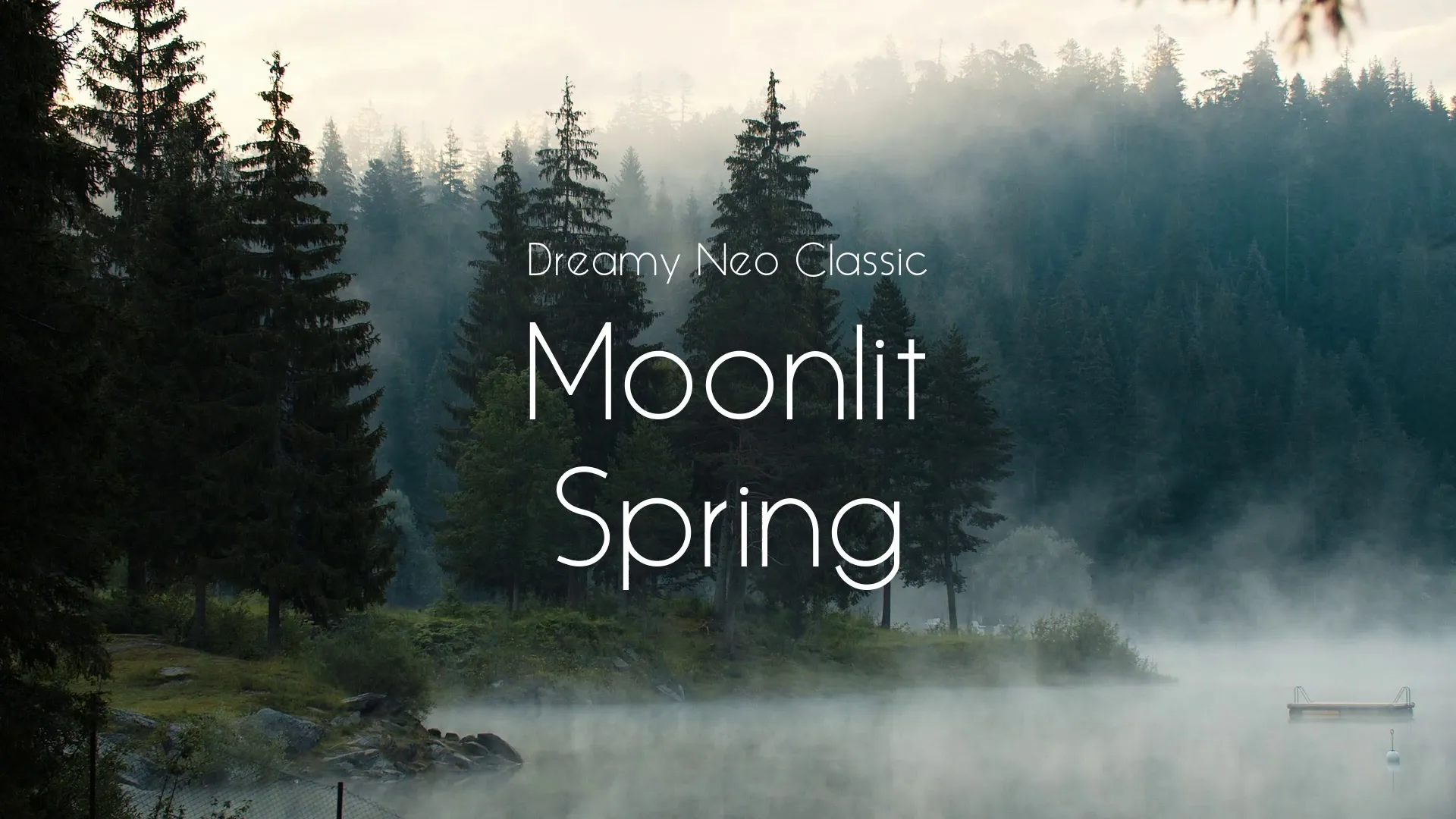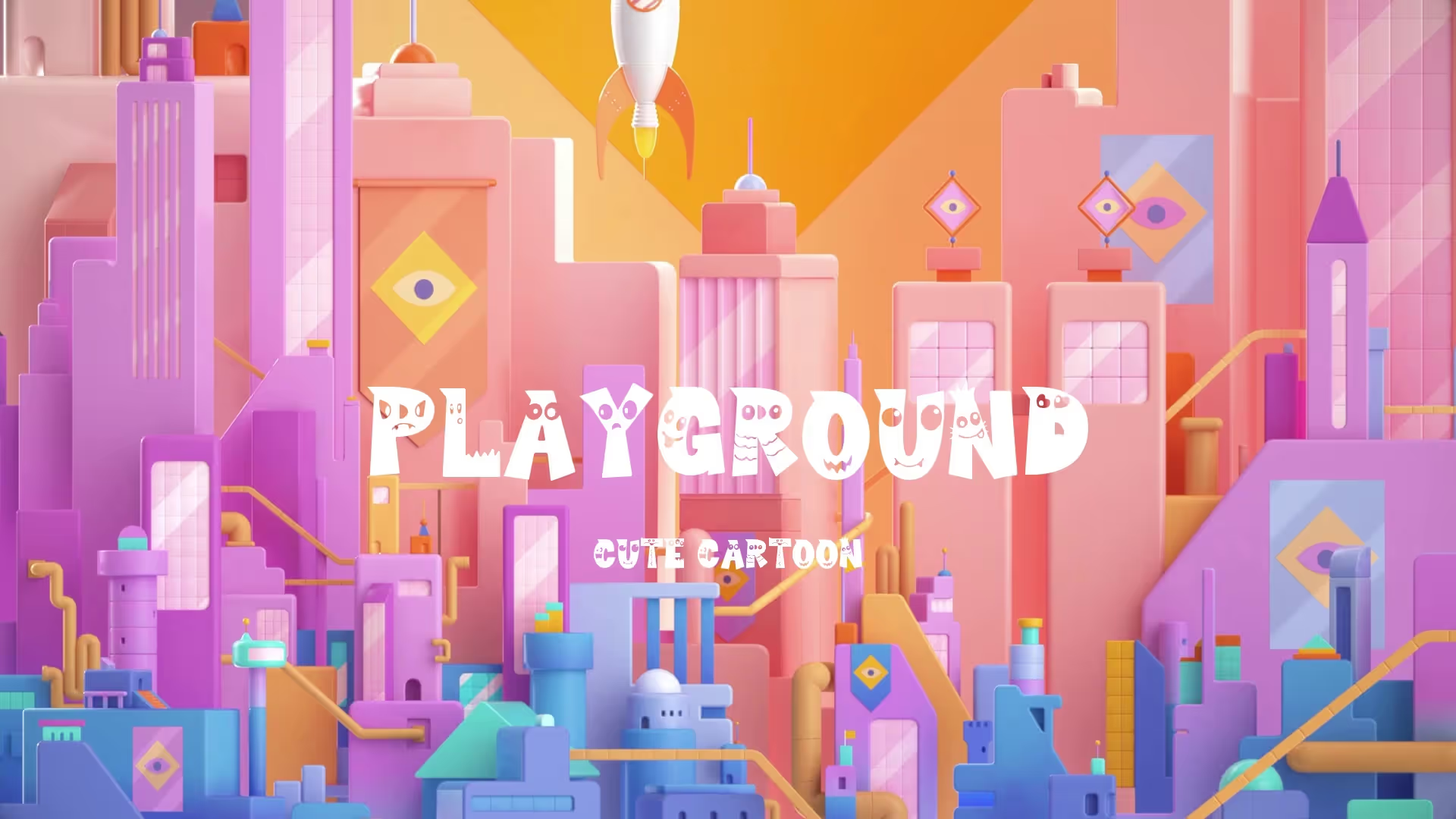Game Design Process: From Concept to GDD Template & Innovative Mechanics
The journey of game development begins with an idea, but transforming that spark into a playable experience requires a structured approach. Understanding the game design process from concept to a detailed Game Design Document (GDD) is crucial for any developer. This guide will walk you through establishing a solid foundation for your next project, focusing on how to design a game document effectively.It is essential to refine your initial concept before diving into complex mechanics. Start with a core loop, defining the player’s primary interaction and motivation. This early clarity prevents scope creep and maintains focus throughout development.Brainstorm your game’s unique selling proposition (USP). What makes your game stand out in a crowded market? Identifying this early will guide all subsequent design decisions.Innovative game mechanics brainstorming is a critical phase. Do not limit yourself to existing genres; instead, consider how different systems can interact in novel ways. Think about how player input can lead to unexpected and engaging outcomes.Once your core concept and initial mechanics are solid, it’s time to formalize them into a Game Design Document. A GDD serves as the central blueprint for your game, guiding every team member. It ensures everyone is aligned on the vision and scope of the project.A well-structured GDD acts as a living document, evolving with the game’s development. It’s not a static report but a dynamic reference point. Regular updates are necessary as design decisions are made or changed.Your GDD should cover essential elements. Begin with an overview that encapsulates the game’s vision, genre, target audience, and unique selling points. This section sets the stage for everything that follows.Detail the gameplay mechanics thoroughly. Explain how the player interacts with the world, the rules governing combat, movement, and progression. Include specific examples to illustrate complex systems.Character and world design are also vital components. Describe your protagonists, antagonists, and supporting cast, along with the lore and environments that shape your game world. Visual and narrative consistency are key here.User interface and user experience (UI/UX) design warrant their own section. Outline how menus, HUD elements, and player feedback systems will function. A clear UI/UX is paramount for player immersion and accessibility.Level design principles should be articulated. Discuss the structure of your levels, pacing, challenges, and environmental storytelling. This ensures a cohesive and engaging player journey.Monetization strategies and technical requirements should also be included. If your game has a business model, detail it here; similarly, list the technical specifications and engine considerations. Choosing the right engine, for instance, is a significant decision that impacts your entire production, as discussed in 'Unity vs. Unreal vs. Godot: Choosing Your Engine in 2025’.Brainstorming innovative mechanics goes beyond just coming up with new ideas. It involves evaluating their feasibility and impact. Prototype quickly to test your concepts before committing extensive resources.Consider emergent gameplay possibilities. Can your mechanics interact in ways you didn’t initially predict, leading to player-driven creativity? These emergent moments often define a game’s longevity.Think about accessibility and inclusivity from the outset. Innovative mechanics can also mean making your game enjoyable for a wider audience, not just adding complexity.A game design blueprint template can significantly streamline this process. It provides a framework, ensuring you cover all necessary aspects without starting from scratch. Tools like Blueprint can help you build professional Game Design Documents in minutes, offering a structured approach to your documentation.One common pitfall is over-scoping the initial concept. Many developers try to include too many features, leading to an unmanageable project. Focus on a strong core experience first, then consider adding features.Another mistake is not iterating on the GDD. A GDD is not a one-time creation; it should be reviewed and updated regularly. Sticking rigidly to an outdated document can lead to miscommunication and wasted effort.Neglecting player feedback during early design phases is also a critical error. Even before a playable prototype, discussing your design with others can reveal unforeseen issues. Solicit opinions and be open to constructive criticism.The game design process from concept to GDD is fundamental for successful game development. By meticulously crafting your vision and detailing it in a comprehensive document, you lay a robust foundation. Innovative mechanics emerge from careful thought and iterative testing, not just random ideas. Embrace a structured approach, leverage templates, and continuously refine your design to bring your game to life. Start building your GDD today and transform your concepts into concrete plans.























